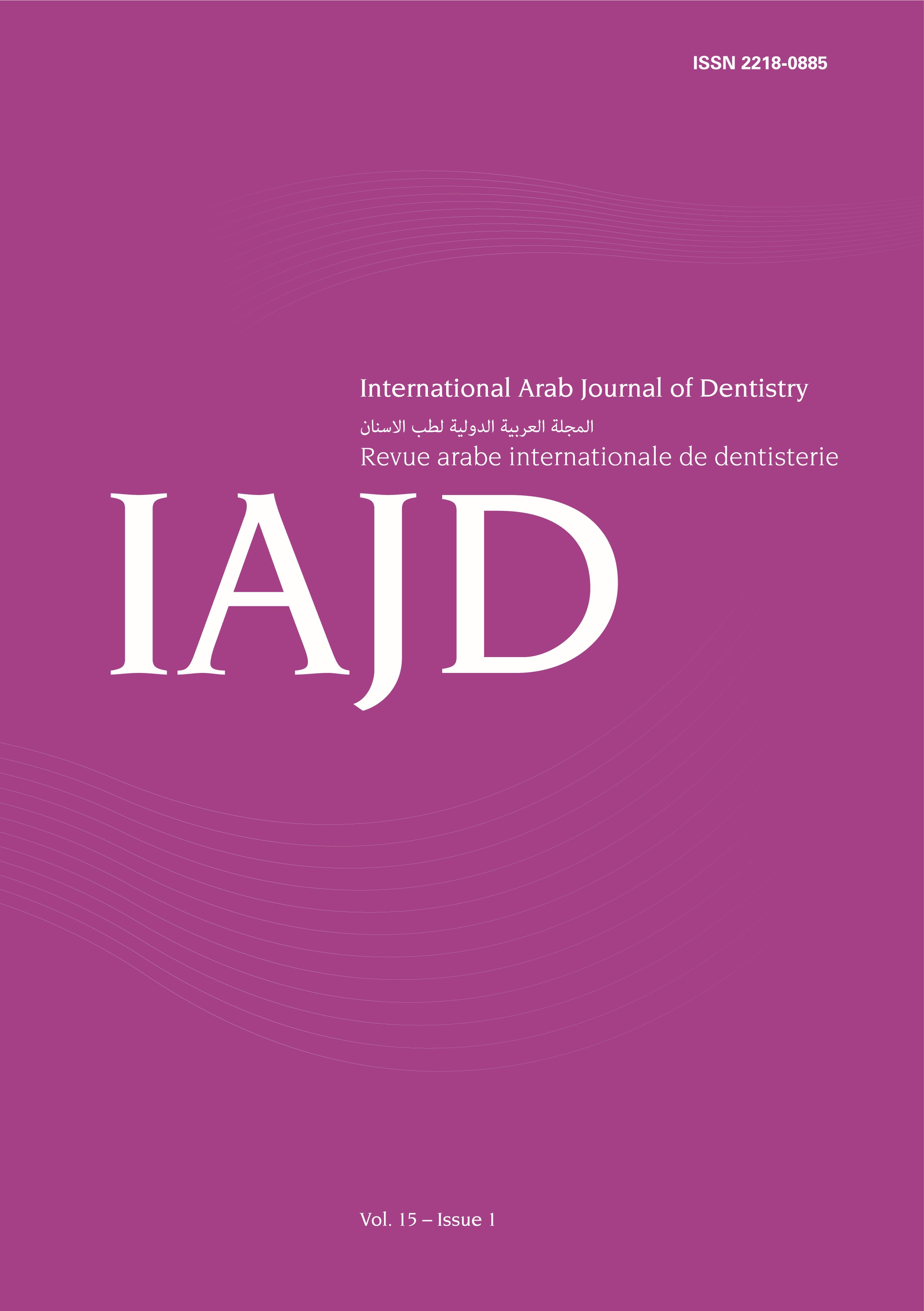Abstract
Introduction: Bone regenerations are common procedures used to restore the required bone width or height for adequate implant placement. Among the wide variety of materials developed for this purpose, the soft collagenated porcine membrane known as cortical lamina (OsteoBiol® Lamina, Tecnoss®, Giaveno, Italy) has provided promising clinical and histological results. It was used along with equine-derived bone particles (OsteoBiol® Gen-Os®, Tecnoss®, Giaveno, Italy) in a series of horizontal bone augmentations to clinically, radiologically and histologically evaluate the lateral bone augmentation, and to measure the vertical gain, if present, at the site of implant placement.
Methods: Fifteen healthy patients with ridges < 4mm needing implant placement were included. The area was augmented using equine bone and the cortical lamina was immobilised using fixation screws. Six months later, at implant placement, a biopsy was taken for non-demineralised histology. Radiological superimposition of the pre and post-operative CBCT scans was made to calculate the radiological bone gain at the site of implant placement. Bone gain was also studied using histomorphometrical analysis.
Results: At 6 months, implant placement was possible in all cases except one, where a total of 26 implants were placed in 14 patients. CBCT superimposition showed that the mean horizontal width had increased significantly at the level 0 mm, 2 mm, 4 mm and 6 mm of the implant sites. Histology showed signs of bone remodelling and vital bone formation. Histomorphometric results showed a higher bone percentage in the deep part of the biopsy compared to the superficial one.
Conclusions: The porcine cortical lamina membrane used with the equine xenograft particles seems to be a promising technique for the horizontal bone augmentation. Randomized controlled clinical trials are still needed to evaluate the superiority of this membrane compared to the conventional regeneration techniques along with long term follow up of the regenerated bone.

